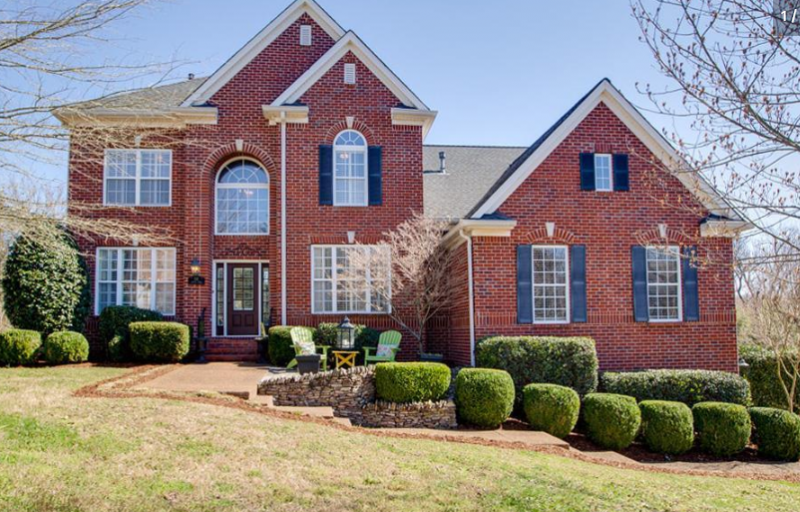
One of the most important laws adopted by Brentwood’s early leadership is the one-acre density ruling. Ratified in 1972 by the town council, this law states that only one house can be built on one acre of land. It made Brentwood the desirable place to live and work that it is today.
“The one-acre doesn’t include areas that are unbuildable,” said former city councilman Alex Noble, “like floodplains, slopes, power stations, retention basins, and wetlands.”
It Was All About Water and Lack of Sewers
Originally the law was created because of water issues and septic tanks. Septic tanks require at least one half-acre between them. And there were the water issues.
“My Dad had to build a thousand-foot well for his quests at the hotel and restaurant we owned where Walgreens now sits,” added Noble.
Low-Density Living
Today the ordinance ensures low-density living, except for the City Center. Because of the one-acre law, Brentwood is 88% residential, and five percent commercial. The rest is used for service institutions.
“Development has changed the law some,” said Noble. “It still states that you have to have 100 acres if you are building 100 houses, but now developers can put houses on less land if they put aside a certain amount for open green spaces.”
Higher Density in City Center
The City Center is made up of the northern commerce areas that had been well-developed pre-1985.
“C-4 zoning,” said Noble, “which covers the City Center area, was created to help inspire the creation of a higher-density downtown area that is pedestrian friendly, and blends business offices, retail, and condos.”
Redevelopment along the Franklin Road corridor has been spurred on by the C-4 zoning, including parts of old downtown Brentwood, like where the first police department was located.
With these adjustments to the one-acre law, while still protecting low-density living, it has allowed the building of townhomes and condos.
More Homes Means More Traffic
With all of the growth in the Nashville Metropolitan MSA, all of the planning in the world can’t make the increased traffic go away.
“The more density, the more requirements for infrastructure,” noted Noble. “Even with the one-acre rule, traffic is a mess. Many roads are not built to handle the amount of traffic they are getting.”
Nobel, who served on the traffic commission that helped put together the regional plan defeated last year by Nashville voters, says that building more roads is not going to solve the problem. A sentiment shared by the Transit Alliance of Middle Tennessee.
“We need a plan,” said Noble. “Maybe the one they voted down in Nashville wasn’t perfect, but it was a plan. Public transportation is so important now.”
Brentwood Yesterday and Today
“I remember when [Brentwood] was wide-open spaces, where they had horse farms or rebuilt old plantation homes…We’ve come a long way.”
More Stories Honoring Brentwood’s 50th Anniversary



















I would like to think an “information omnivore” would know how to spell her source’s name in a single-source story. 🙁